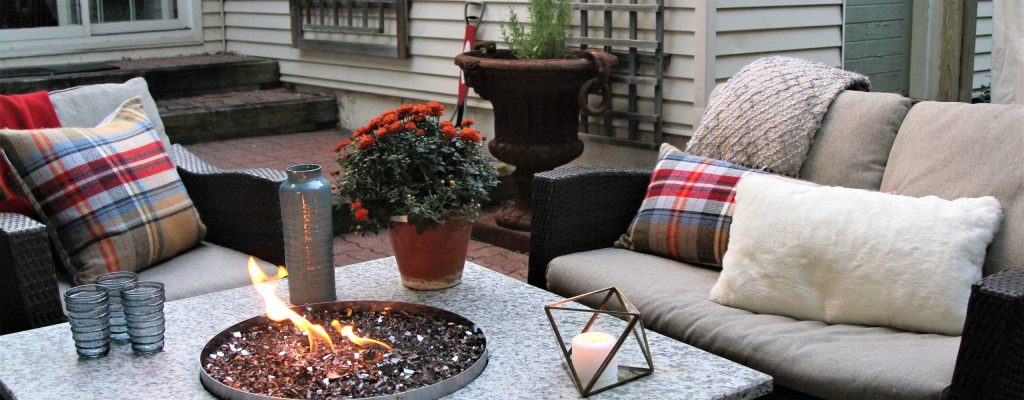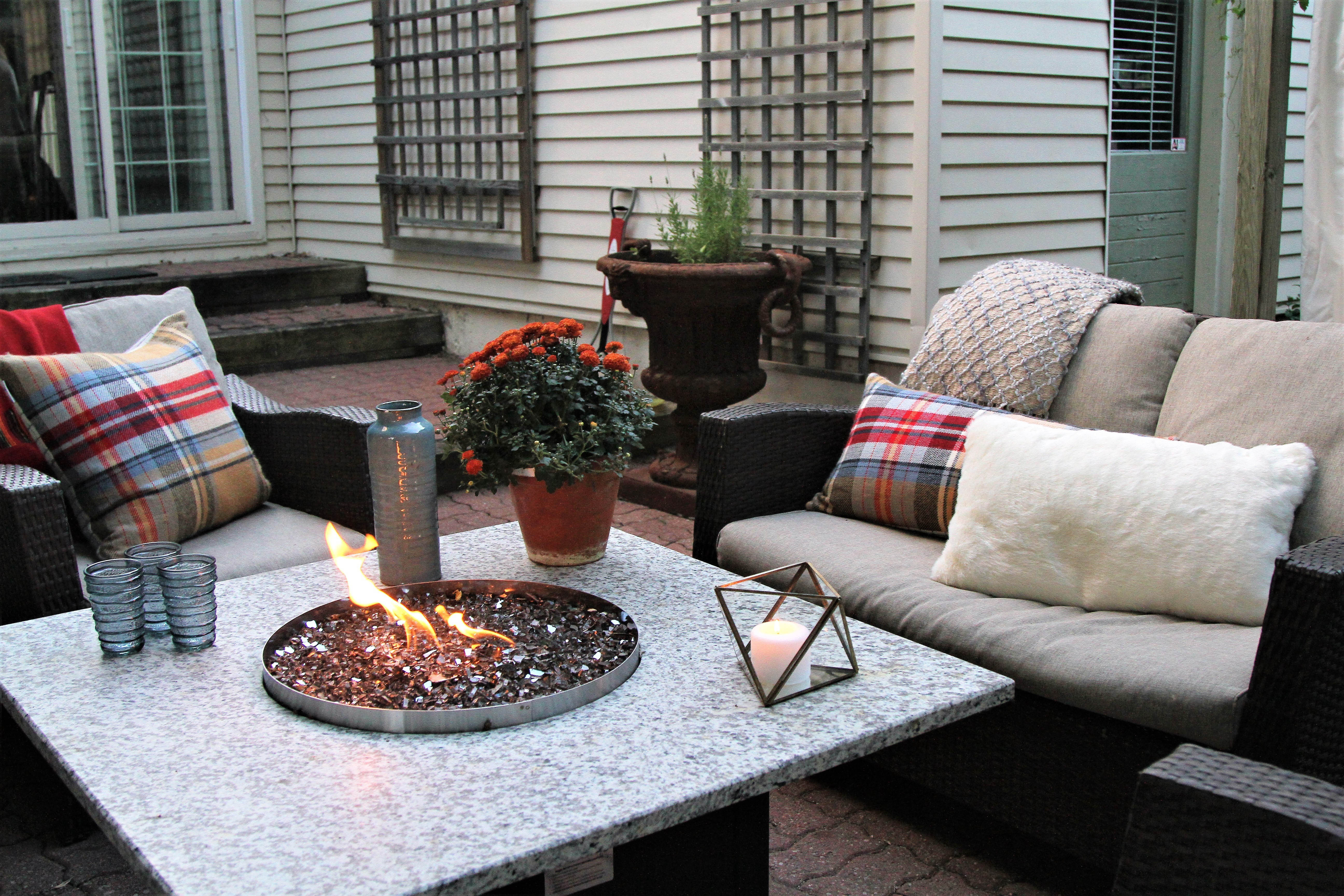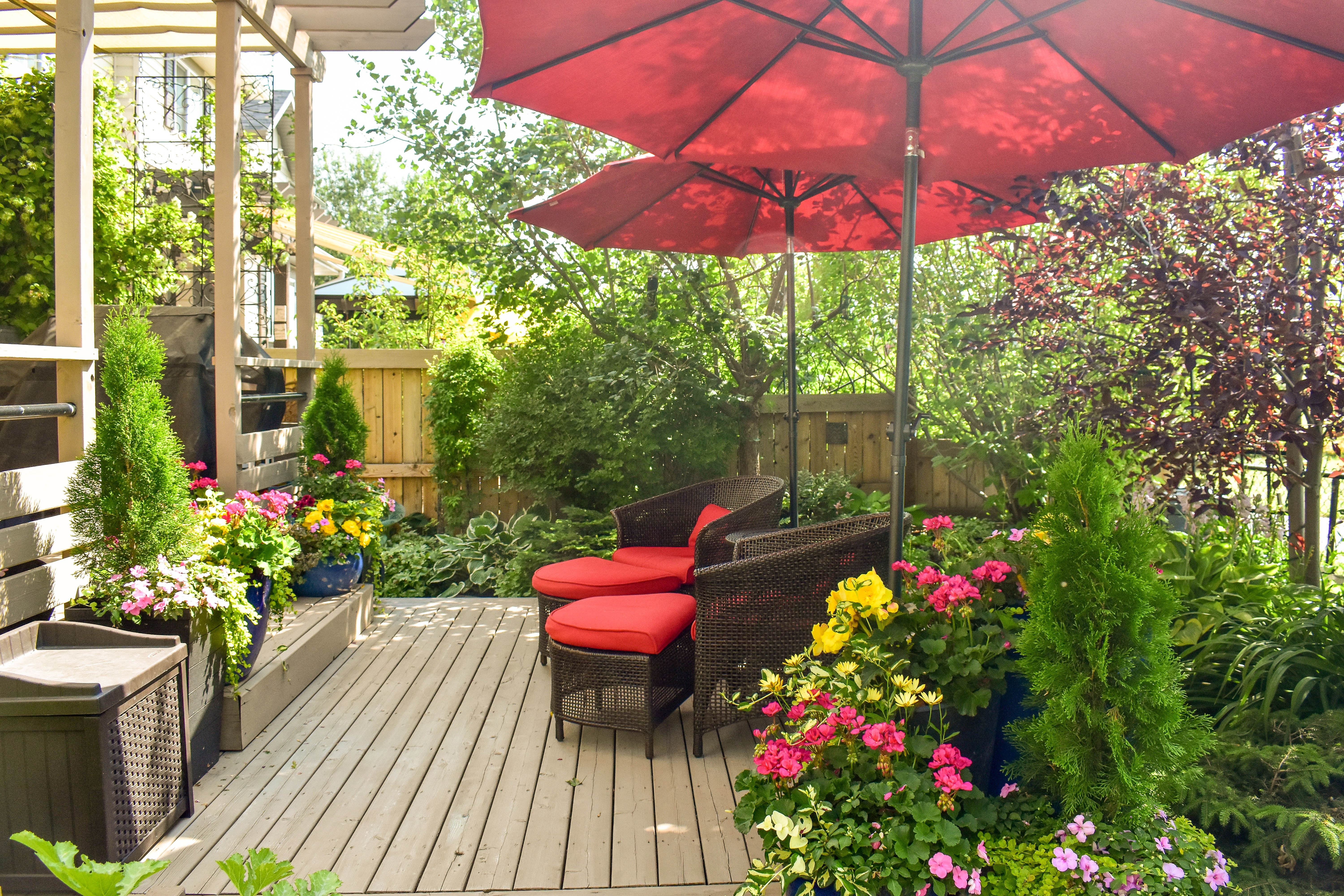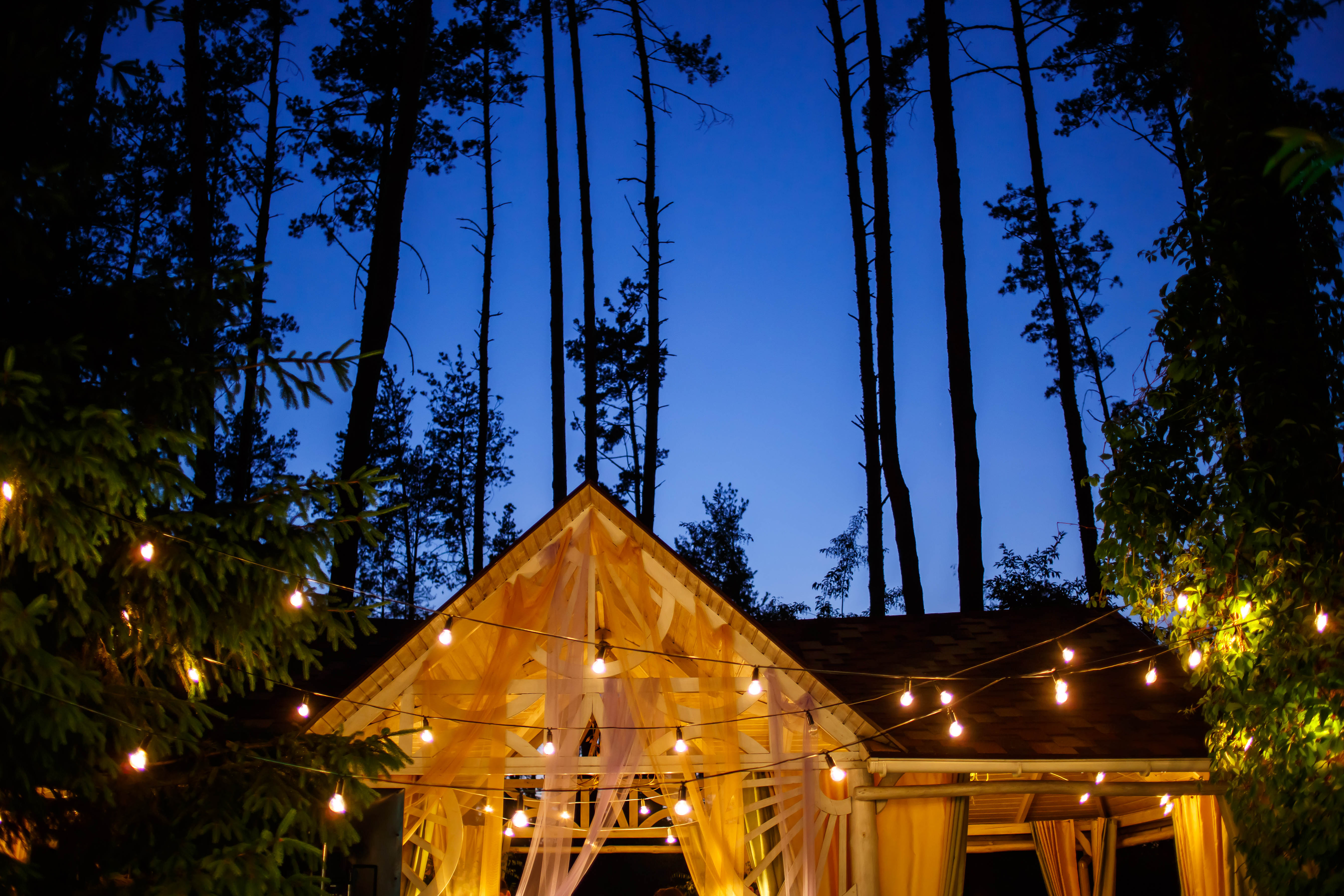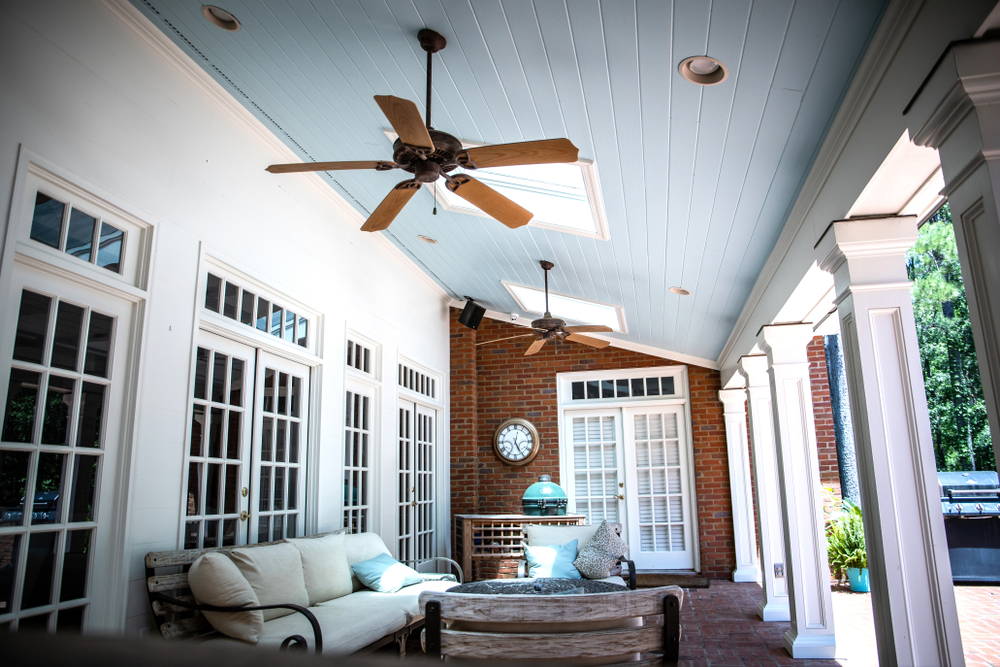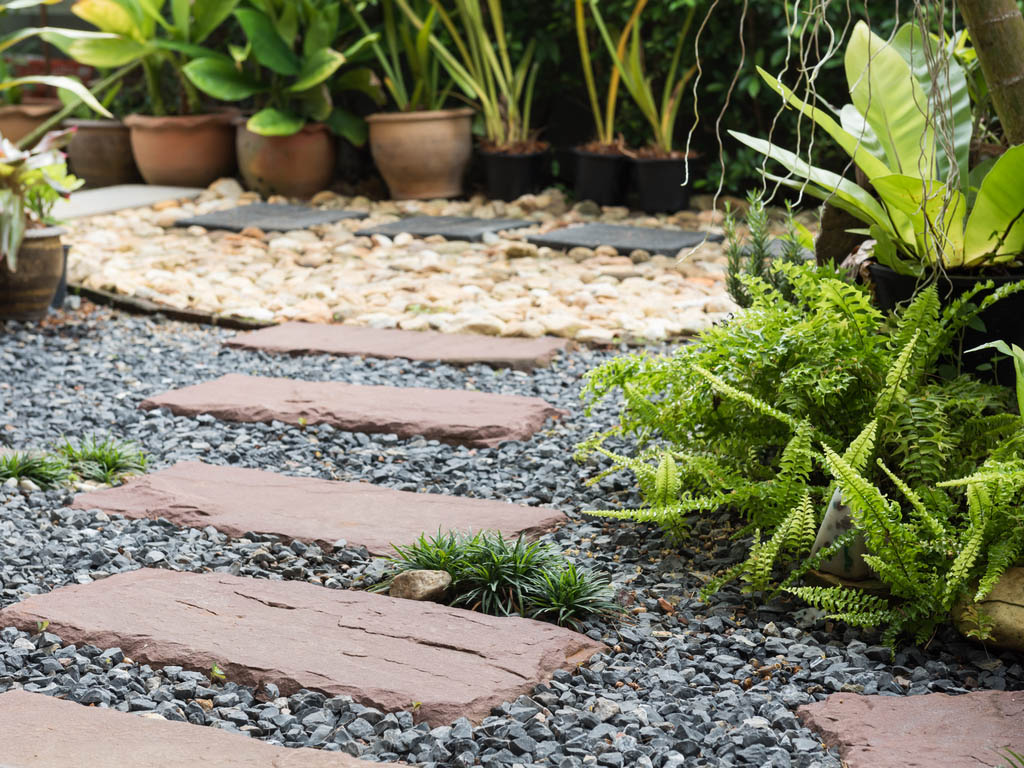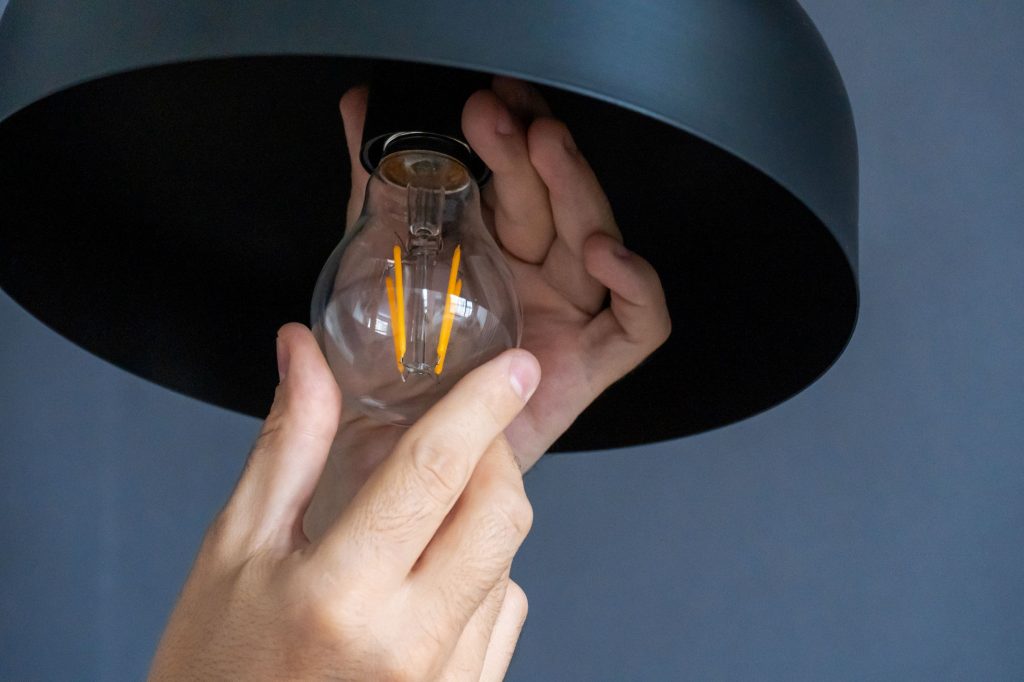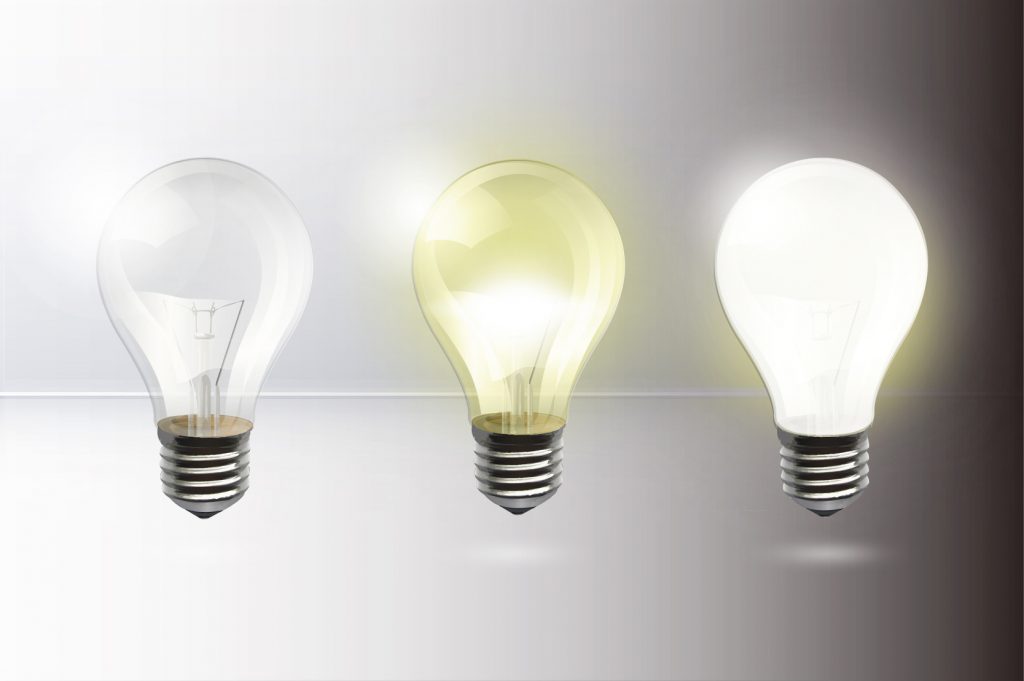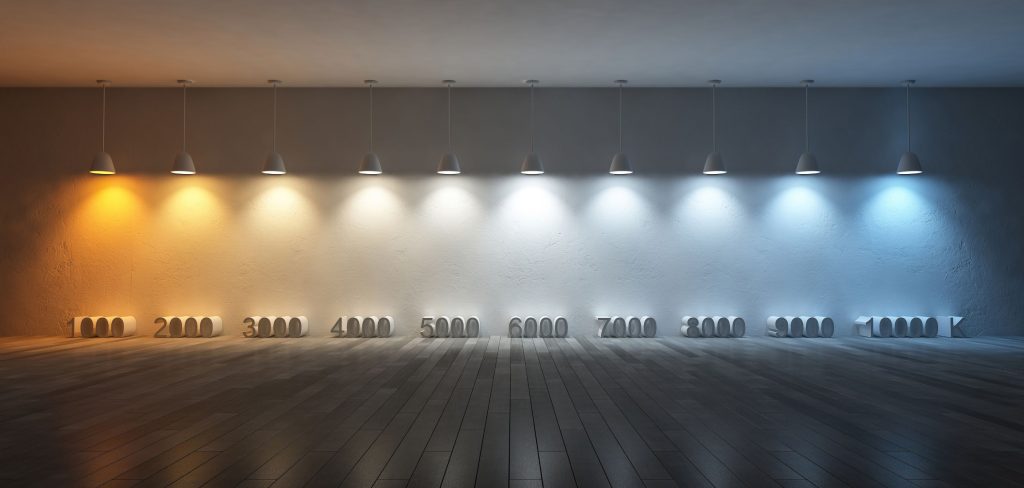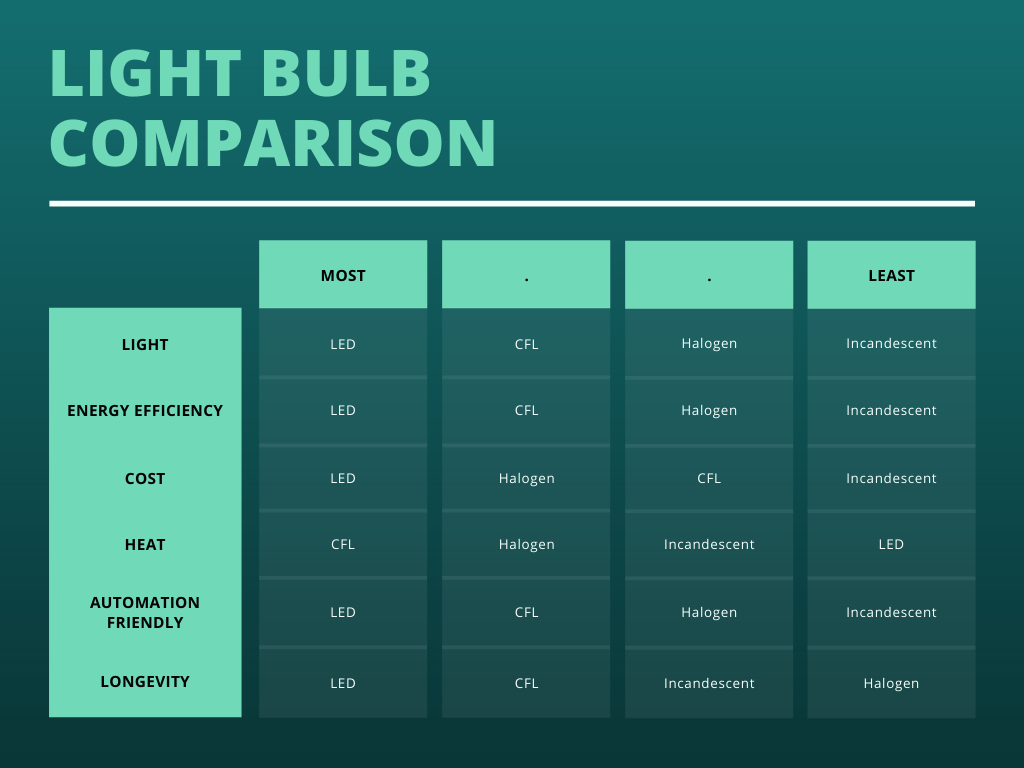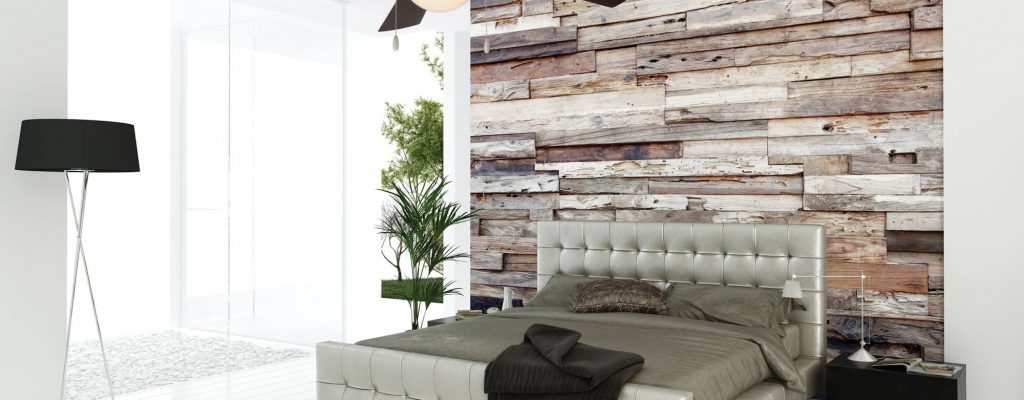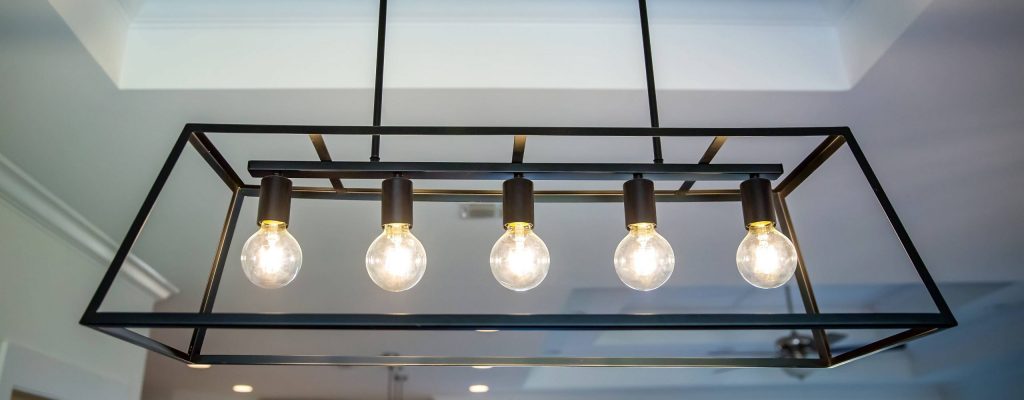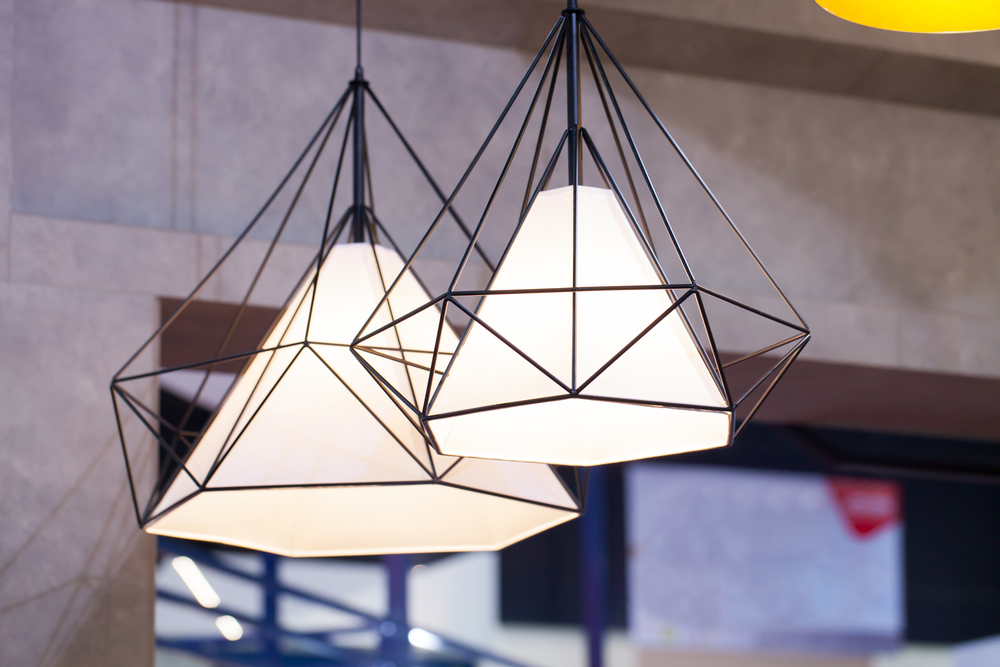Whether it’s time to impress your new neighbors or host an important business dinner, your dining room is a high-impact space that communicates a lot about you. Some dining rooms are an informal extension of the kitchen, while others are a spacious, separate room. No matter what yours looks like, choosing the right design (and light) can create the perfect setting for all occasions.
Size

1. To determine the best size for your fixture, use this formula: Length + Width = diameter of your ideal light. Example: 10’ (length) + 14’ (width) = 24” (width of your light). It’s a general rule, so use it at your own discretion and adapt to suit your preferences!
2. Long dining tables call for bigger lights. Consider a long track light or even mount two fixtures on either end of the table. It’s a great way to emphasize your lovely, lengthy dining space!
Style

3. The style you select reflects your personal taste, but also affects the function of the light. Shaded lights provide soft, subtle light, while glass fixtures diffuse light more brightly and evenly. Exposed bulbs provide the most clear, crisp light.
4. If your dining room branches off your kitchen, consider matching the finish of the dining light to the finish of kitchen lights or hardware.
5. If your dining room is separate from the kitchen, feel free to choose a distinct finish for a unique dining room atmosphere. Just remember that it should still ‘live well’ with any visible fixtures from surrounding rooms.
Height

6. Know your ceiling height before selecting a light. Most fixtures are designed for an 8-foot ceiling.
7. If you have a vaulted ceiling, use some of that space for the fixture, but keep it mounted low enough that it still feels like a cohesive part of the dining table ensemble.
8. Proper mounting height is 30-36 inches from the top of your table to the bottom of the fixture. That figure can be a little higher on a taller ceiling.
9. Fixtures with decorative pieces or hanging crystals may hanger lower than the recommended 30-36”. For these fixtures, measure to the frame of the light instead.
Wattage

10. The general recommendation for dining light output is 300 watts. This is especially true for rooms with lighter paint colors.
11. In dining rooms with darker paint, consider choosing bulbs that provide 400 watts or more.
12. For additional control and extra ambiance, use dimmable bulbs and install a dimmer switch in your dining room. It’ll serve equally well for full-light projects and dimly-lit romantic dinners.
Make your dining room an inviting space with an expressive, efficient fixture. For any additional questions, feel free to contact our expert team here at Illuminations. We’re here to help you make your dream home!

